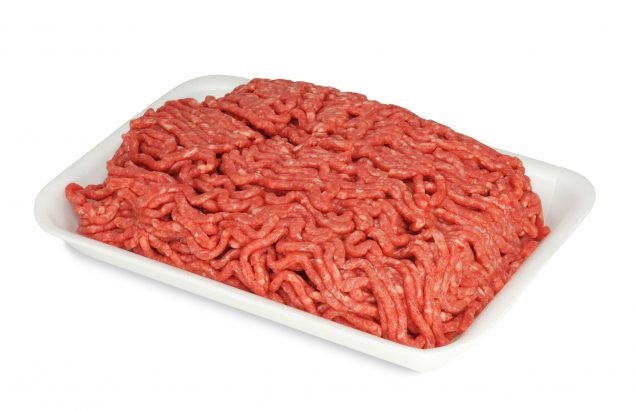
If you like your beef rare or even medium-rare, you probably need to reconsider your preference now that the recent salmonella outbreak in the United States is reported to be connected to store-bought ground beef.
According to the US Centers for Disease Control and Prevention (CDC), eight people were hospitalized resulting in one death ever since the outbreak started in August. It appeared on six states: Colorado, Kansas, Oklahoma, Texas, Iowa, and California, and the death happened on the last one mentioned.
Six of the eight patients claimed that they consumed ground beef at home before they got sick. A leftover collected from a patient in California is tested to be contaminated with Salmonella.
Unfortunately, the investigators still cannot identify what caused the contamination. The patients did not consume the same brand and had purchased it in various locations.
What is Salmonella?
CDC describes Salmonella as the bacteria which is primarily responsible in causing symptoms like diarrhea, fever, and abdominal cramps between 12 to 72 hours after acquiring the infection.
According to the World Health Organization, Salmonella can survive in a dry environment for several weeks and several months in water. This "ubiquitous and hardy" bacteria is among the four key global causes of diarrheal diseases.
There are only two known species of Salmonella — Salmonella bongori and Salmonella enterica — but there are at least 2,500 different serotypes, all of which can make humans sick.
Some serotypes can only reside inside specific animals. For instance, the one found in the collected ground beef sample is a Dublin serotype of Salmonella enterica, and it is exclusive to cattle.
What exactly is Salmonellosis?
If a person gets infected by Salmonella, he would be diagnosed with Salmonellosis. It usually comes with symptoms like fever, abdominal pain, diarrhea, and sometimes vomiting.
Salmonellosis is usually not life-threatening. Some people can even get away with it without medication or even diagnosis. However, young children and the old ones are usually at higher risk, mostly due to dehydration.
Electrolyte replacement and re-hydration are usually the treatment given to patients. But for more severe cases, especially on health risk groups like infants and people with autoimmune disease, antibiotics might be given.
In the United States, there are at least 1.2 million illnesses, 23,000 hospitalizations, and 450 deaths due to Salmonella infection annually, according to CDC. But according to the WHO, there are at least 60 to 80 percent of undiagnosed and unreported cases.
How can you protect yourself from Salmonella infection?
Generally, humans contract Salmonella through consuming contaminated animal-based foods like meat, milk, and eggs. And since the recent outbreak is caused by a beef product, CDC reminded people to cook it well under at least 160 degrees Fahrenheit (71.11 °C). Eating raw or under cooked beef is highly discouraged too.
Animals might also transfer the pathogens through fecal matter. And since some farms are using it as fertilizers, some vegetables might be contaminated.
To prevent that, washing it thoroughly before consumption is highly recommended. It is recommended that everyone take extra caution around animals too, including pets. After touching them, their food, feces, cages, and their belongings, wash your hands well with running water and antibacterial soap. A regular appointment with the veterinarian is also strongly advised.
© 2024 NatureWorldNews.com All rights reserved. Do not reproduce without permission.





